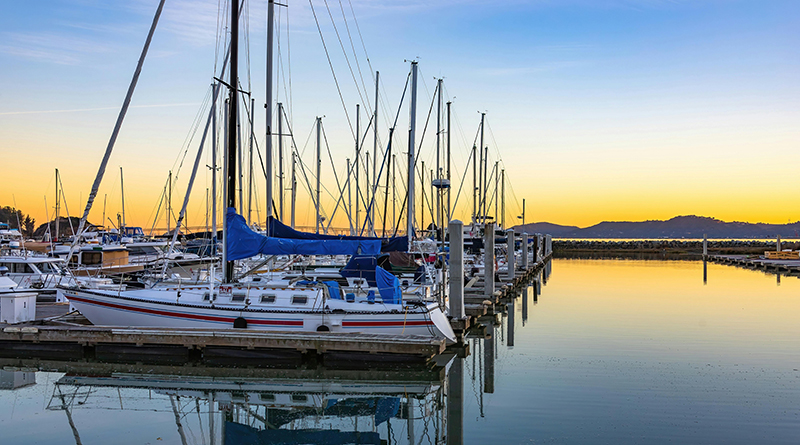Gray whale migration is officially in season. Every October, the gray whales of the Pacific begin a two-to-three-month migration from the cold Alaskan seas to the warm waters of Baja, California. At nearly 14,000 miles round-trip, it is the longest annual migration of any mammal. Then, the gray whales travel to the warm lagoons of Baja, California, to mate and give birth to their calves.
For anglers, this means proper management of fishing gear and techniques to avoid entanglements and abiding by rules and regulations.
Gray whales are at high risk of becoming entangled in fishing gear. Once entangled, whales may drag and swim with attached gear for long distances or be anchored in place and unable to swim. Events such as these result in fatigue, compromised feeding ability, or severe injury, which may ultimately lead to death.
Navigating your boat improperly when encountering a whale poses a risk not only for you, your passengers, and your boat but also opens the potential to harm the whales. According to boat-ed.com, if you are on the water and you encounter a whale, it is recommended that you should:
Avoid excessive speed or course changes within 500 yards of whales.
Do not approach within 500 yards of...






